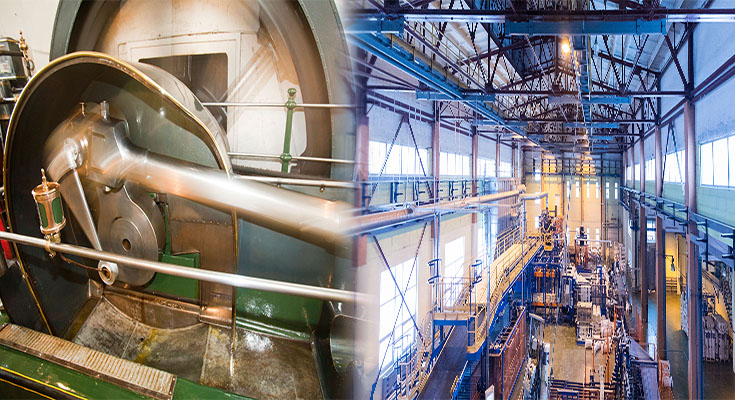
Classification of Industries in Economics: A Comprehensive Guide
In the field of economics, industries are classified based on various criteria, including the nature of economic activities, the level of technology employed, and the type of goods and services produced. Understanding the classification of industries is crucial for analyzing economic trends, facilitating policy-making, and identifying opportunities for growth and development. This comprehensive guide aims to provide an in-depth exploration of the classification of industries in economics, shedding light on the key criteria and categories used to organize and analyze economic activities.
1. Primary Industries:
Primary industries, also known as extractive industries, involve the extraction and production of raw materials and natural resources. This sector includes activities such as agriculture, forestry, fishing, mining, and quarrying. Primary industries play a foundational role in the economy by providing essential inputs for secondary and tertiary industries. The primary sector is characterized by a direct interaction with natural resources and the environment, making it …
Classification of Industries in Economics: A Comprehensive Guide Read More




